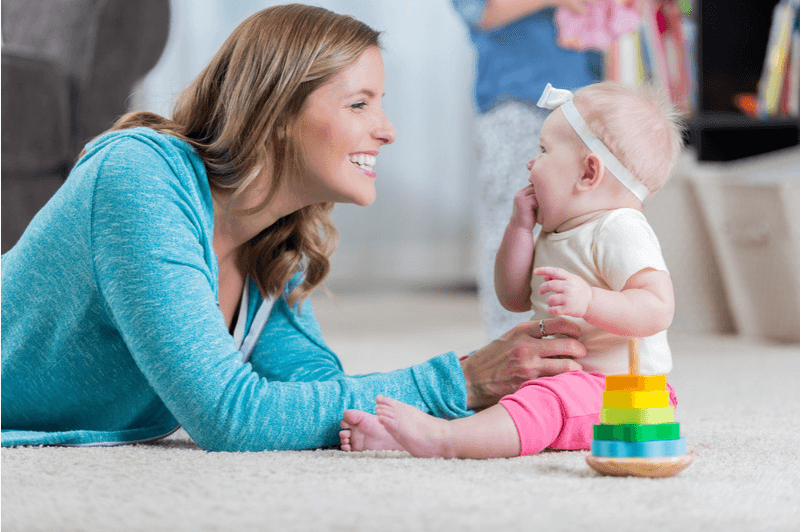The early years of life are crucial for the development of speech and language in children. Exposure to a variety of sounds, words, and linguistic experiences helps lay the foundation for effective communication skills. This article explores activities and games that can be incorporated into the daily routine to stimulate speech and language development in young children.
Constant Conversation
• Narrating the Day: Talk about the day’s activities as you do them, describing your actions and the objects around you.
• Respond and Wait: When the child babbles or speaks, respond and give them time to continue the communication.
Interactive Reading
• Picture Books: Use books with many pictures and point to objects while naming them.
• Asking Questions: Ask simple questions about the story and images, encouraging the child to participate.
Songs and Music
• Singing Together: Sing children’s songs and encourage the child to join in.
• Body Movements: Add gestures and body movements to songs to make them more engaging.
Imitation Play
• Imitating Sounds: Make different sounds and encourage the child to imitate them.
• Imitating Actions: Perform simple actions and see if the child can copy them.
Association Games
• Object Pairing: Use toys or household objects to create matching games, naming the objects as you play.
• Categorization Games: Group objects by color, shape, or size, talking about the categories while playing.
Active Listening Activities
• Sound Stories: Read stories that include sounds and ask the child to identify the sounds.
• Sound Guessing Games: Make different sounds and see if the child can guess what they are.
Pretend Play
• Playing House: Use dolls and toys to create scenarios and encourage the child to participate in the story.
• Toy Shop: Set up a toy shop and practice exchanging objects, talking about the items as you play.
Art and Craft Activities
• Painting and Drawing: As the child paints or draws, talk about the colors and shapes they are using.
• Collage: Create collages with different materials and talk about the items as you glue.
Outdoor Play
• Treasure Hunt: Create a treasure hunt with verbal clues to find objects.
• Park Play: Describe activities in the park, talking about what the child is doing and seeing.
Moderate Use of Technology
• Educational Apps: Choose educational apps that promote language and communication.
• Interactive Videos: Watch interactive videos that encourage verbal participation.
Conclusion
Stimulating speech and language in the early years is vital for a child’s healthy development. Incorporating activities and games that promote communication into your daily routine can be a fun and effective way to support this development. Remember that each child develops at their own pace, and patience and encouragement are key to success.
Disclaimer
The information presented in this article is purely informative and intended to provide general guidelines on activities and games to stimulate speech and language in young children. This article is not intended to replace professional guidance, diagnosis, or treatment. If you have concerns about your child’s speech and language development, it is essential to seek the guidance of a health professional or a speech and language specialist.
